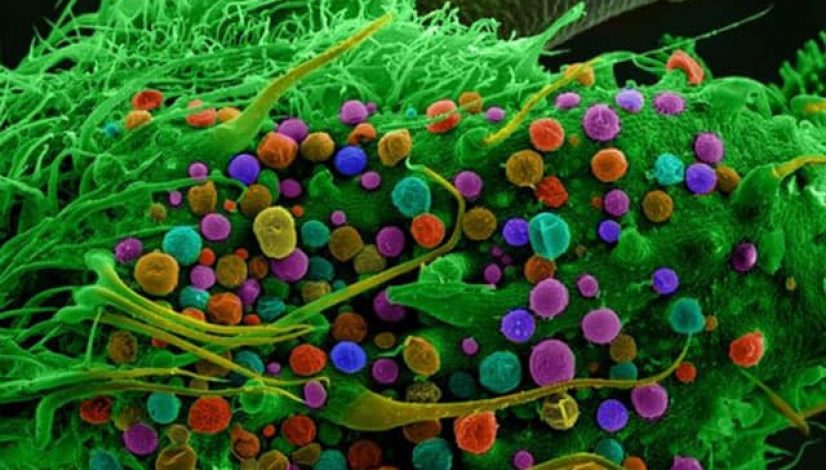Learning To Interpret Terpenes Can Make You A Cannabis Connoisseur
The post Learning To Interpret Terpenes Can Make You A Cannabis Connoisseur appeared first on High Times.
You know you’ve made it into the mainstream when a 29-year-old pot enthusiast lectures ABC News about the importance of learning how to interpret terpenes.
“My passion has led me down a road of daily research, growing, caregiving, activism, jobs, businesses, and now I am an expert witness in high-level cases and lecturing around the world,” Max Montrose told ABC News. “I have researched this plant incessantly from credible sources, and worked with it daily for 15 years.”
Montrose is president of Denver’s Trichome Institute, which is basically a weed trade school. Among other things, it teaches people how to interpret terpenes and offers training to become a pot sommelier.
Why Focus on Terpenes?

By now most of us know that terpenes are the compounds found in the essential oils of plants. Terpenes are responsible for certain plants’ distinctive tastes and aromas.
In the case of cannabis, terpenes also play a role in how the plant affects the mind and body when it’s consumed. So, following Max’s lectures, he gives an olfactory workshop where students can touch and smell the plant. He teaches them how to use their senses to determine good and bad cannabis samples, and to figure out where on the spectrum of psychoactivity a cannabis sample falls.
Montrose said we should use our senses the same way a sommelier does, “to break down real, true and noticeable characteristics [of the plant].” He calls his self-taught theory “Interpening,” which is a combination the words “interpreting” and “terpene.”
In his late teens, Montrose developed Interpening and coined the hybridized word. “I discovered all the ways to correlate psychotropic effect with bud structure and smell, and scent perception analysis.”
“Interpening:” Learning to Interpret Terpenes
There are over 120 different types of terpenes that can be expressed by the cannabis plant, although some are only found in trace amounts. They not only contribute to the smell and taste of the plant but they also pertain to the science of pharmacology.
Montrose said that identifying the dominant type of terpenes in a cannabis sample and recognizing where that smell is being felt in the nose—along with analyzing the structure of the bud—can clue consumers in to the type of impact a particular cannabis sample might have when it’s smoked.
For Montrose, there are a few key reasons why a person might want to learn how to interpene. For starters, this is a valuable skill for anyone interested in advising customers in a dispensary or medical setting on what kind of weed they should buy for their needs and wants.
Beyond that, plant scientists can breed a plant to produce particular terpene profiles. Similarly, people are learning to identify which seeds will produce which aromatic plants.
Understanding terpenes is also a major step forward in cannabis genetics, as we learn more about the role of terpenes—along with cannabinoids—in determining a plant’s overall set of effects.
According to Max Montrose and the Trichome Institute, the more we know about terpenes the better marijuana producers will be at growing specialized cannabis specifically tailored for whatever effects a consumer might be seeking.
The post Learning To Interpret Terpenes Can Make You A Cannabis Connoisseur appeared first on High Times.


